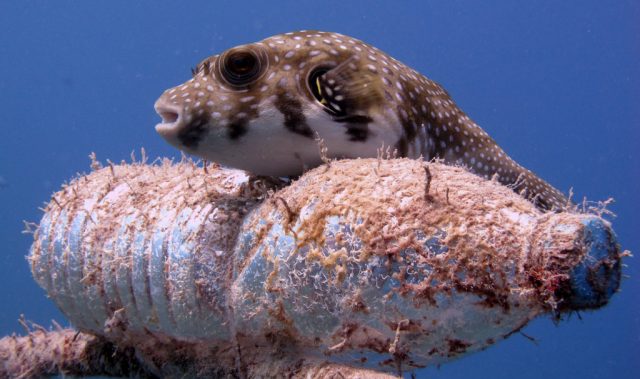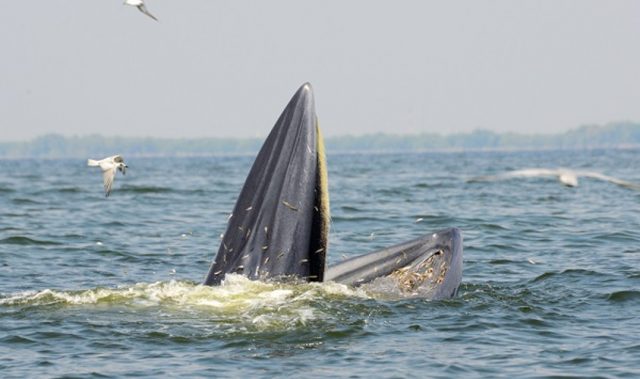
AsianScientist (Jan. 14, 2013) – Asia is the largest regional emitter of mercury in the world, says a new report released by the United Nations Environment Program (UNEP).
The Global Mercury Assessment 2013 states that due to rapid industrialization, Asia accounts for just under half of all global releases.
The report, the first to assess global level releases of mercury into rivers and lakes, says an estimated 260 tons of mercury – previously held in soils – are being released into rivers and lakes.
In the past 100 years, man-made emissions have caused the amount of mercury in the top 100 meters of the world’s oceans to double. Concentrations in deeper waters have increased by up to 25 percent.
Much human exposure to mercury is through the consumption of contaminated fish, making aquatic environments the critical link to human health.
“Mercury, which exists in various forms, remains a major global, regional, and national challenge in terms of threats to human health and the environment,” said United Nations Under-Secretary-General and UNEP Executive Director Achim Steiner.
“Mercury has been known as a toxin and a hazard for centuries – but today we have many of the alternative technologies and processes needed to reduce the risks for tens of millions of people, including pregnant mothers and their babies. A good outcome can also assist in a more sustainable future for generations to come,” he said.
The UNEP report states that global emissions of mercury have remained relatively stable in the last twenty years, with 2010 emissions from human activities thought to be just under 2,000 tons.
Coal burning is responsible for some 475 tons of mercury emissions annually, or around 24 percent of the global total. Along with coal burning, the use of mercury to separate metal from ore in small-scale gold mining remains the chief source of emissions worldwide at an estimated 727 tons annually, or 35 percent of the global total.
Efforts to tackle the environmental and health threat posed by mercury have grown over recent decades, and notable actions include the UNEP Mercury Products Partnership, which has set the goal of reducing demand for mercury-containing thermometers and blood pressure devices by 70 percent by 2017.
Yet despite such steps, coordinated action on a global level to reduce environmental and health risks posed by exposure to mercury has been comparatively slow.
Also, mercury released from industry and other man-made sources can circulate in the environment for up to centuries at a time. This means that it is likely to be several years or decades before reductions in mercury emissions have a demonstrable effect on mercury levels in nature and the food chain.
The new assessment will be formally presented at the International Negotiating Committee on Mercury (INC5), to be held in Geneva on January 13-18, 2013, where governments are aiming to conclude discussions on a global legally binding treaty to minimize risks to people and the environment from exposure to mercury.
——
Source: UNEP; Photo: AGrinberg/Flickr/CC.
Disclaimer: This article does not necessarily reflect the views of AsianScientist or its staff.












